Crustose Coralline Algae

Crustose Coralline Algae
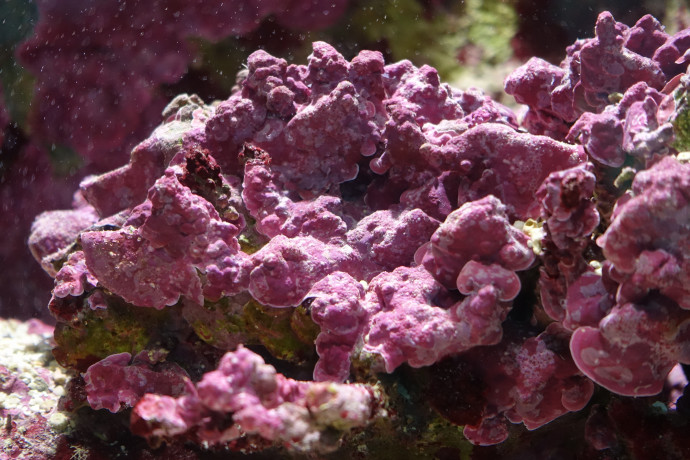
Crustose coralline algae (CCA) are hard algae that contain calcium carbonate within their cell walls. They generally grow in encrusting pink formations on the reef, however, they can be found in a variety of different shapes and colors.
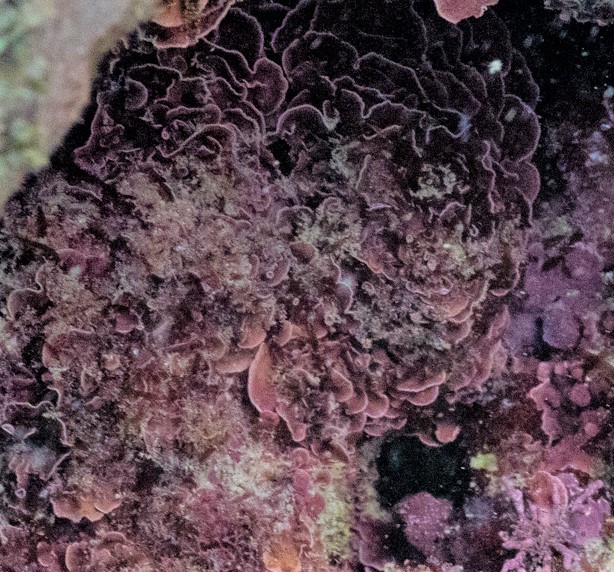
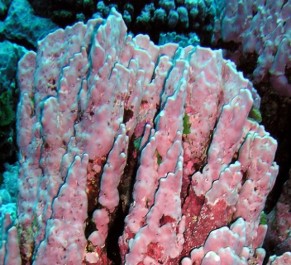
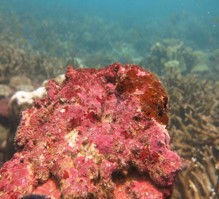
Crustose coralline algae play a vital role in coral reef ecosystems by providing reef structure and promoting coral larval settlement.
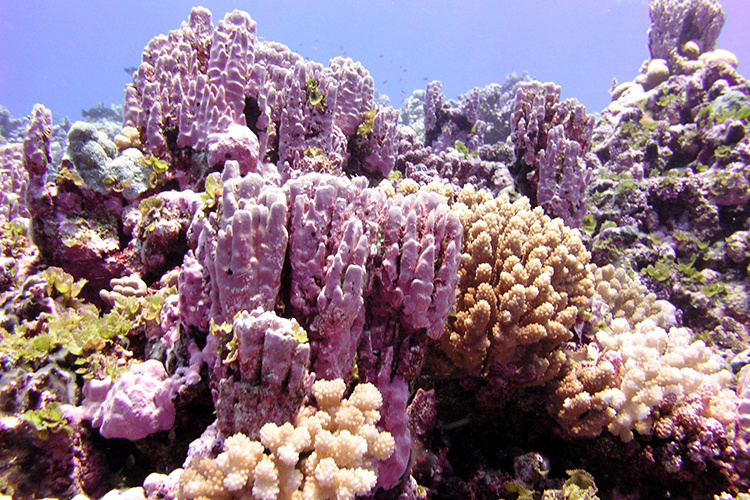
Crustose coralline algae (CCA) help cement the reef together and protect the underlying structure from erosion and breakage, contributing to reef adhesion and growth. CCA also induce coral larval settlement by releasing chemical cues and is the favored benthic cover for corals to settle and grow on. Grazing herbivores are important because they keep other types of fleshy algae off these surfaces so they are available for growing corals.
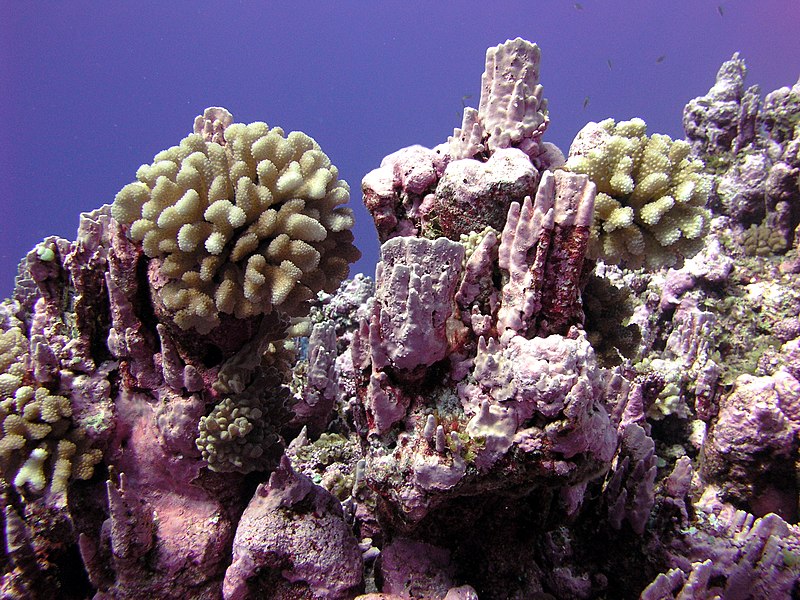
Coral reefs are currently degrading rapidly due to human impacts and climate change. The resilience of coral reef ecosystems from these impacts is dependent on successful coral recruitment. CCA is critical to coral reef growth and recovery as it allows the next generation of corals to settle after these disturbances. Ocean acidification is the biggest threat to CCA and other calcifying organisms. The increased absorption of carbon dioxide into our oceans creates acidic conditions that cause calcified animals and algae to dissolve. Like CCA, corals are also calcifying organisms, which presents a huge problem as ocean acidification will affect both coral recruitment and growth.
Image credits- All CCA images courtesy of the National Oceanic and Atmospheric Administration (NOAA) and Bert Weeks.



